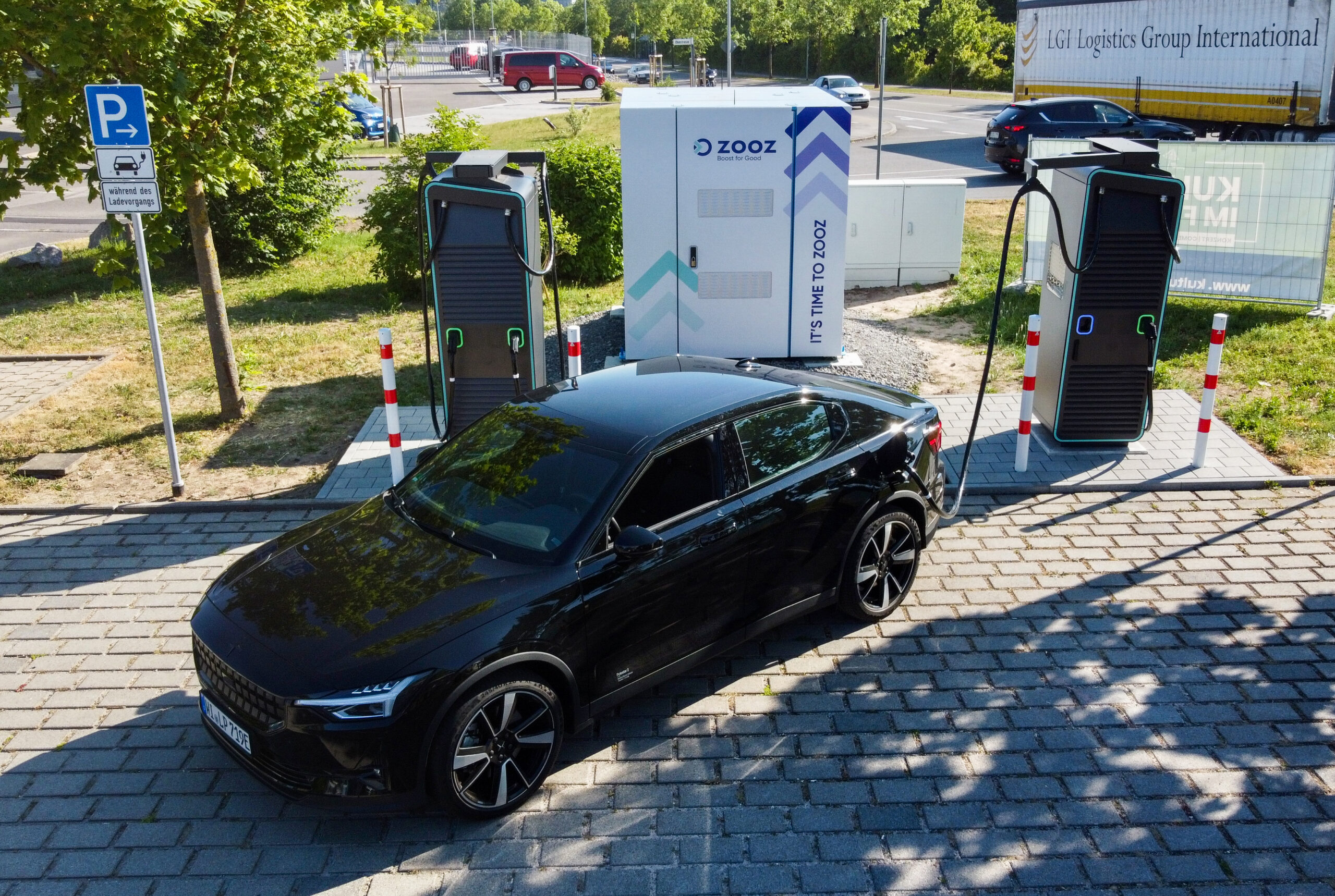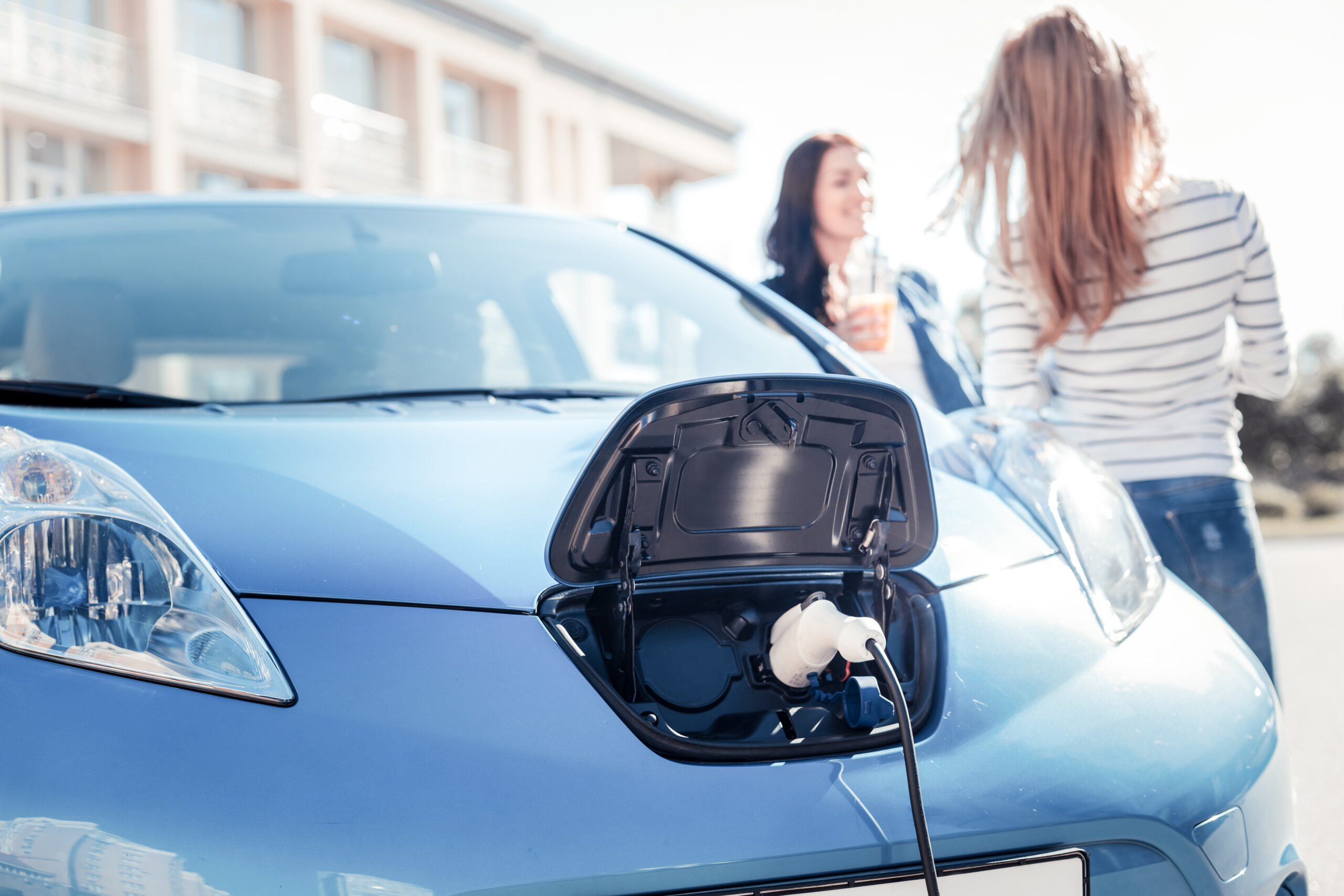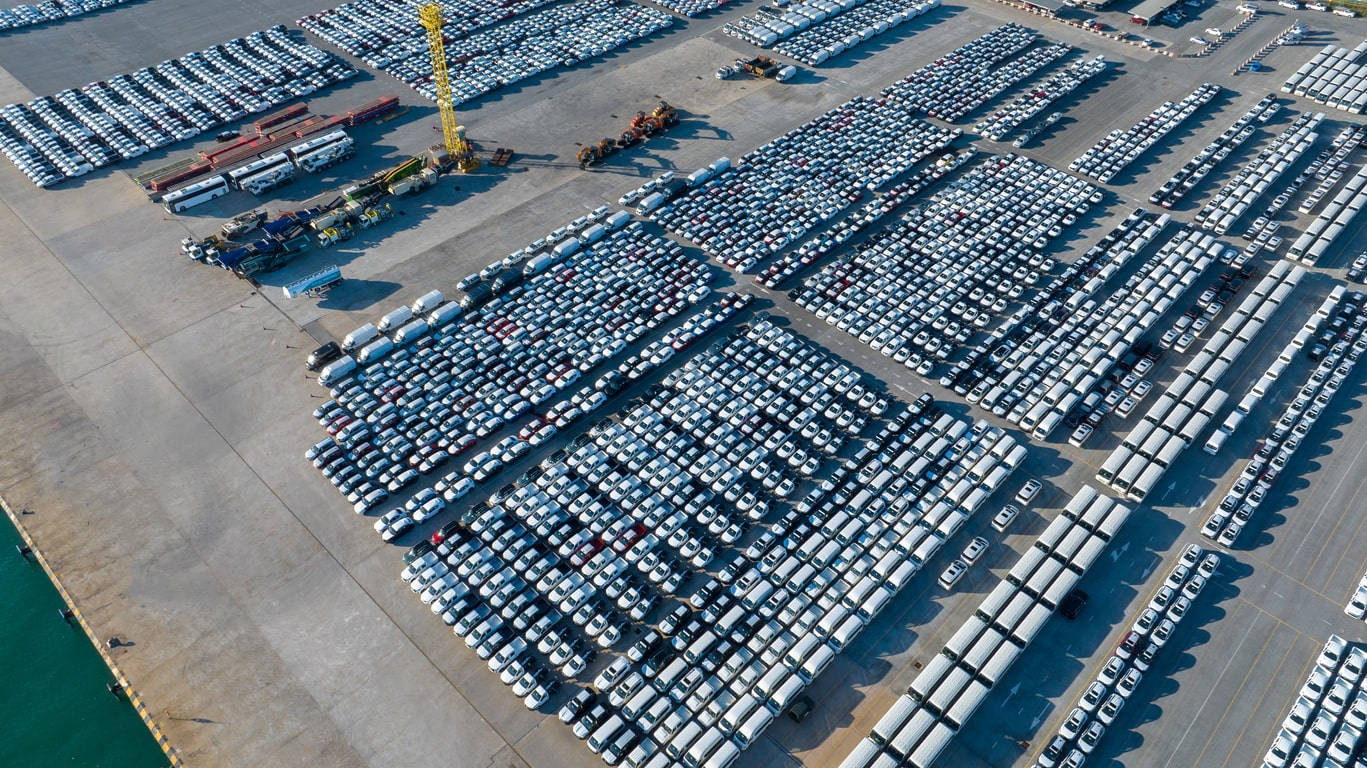In the race to save our planet, many countries around the world are relying on a major shift from internal combustion engine vehicles to electric vehicles (EV). The United Kingdom, for example, plans to stop selling any gas or diesel cars by 2023. The EU hopes to see a full changeover by 2035, and in the United States, President Biden has set a goal for at least 50% of new cars sold to be electric by 2030.
While the transition to EVs comes with the expectation of great improvement to the environment, countries need to ensure they have the right infrastructure to support this transition.
EV Charging stations will need to be as common and easy to find as today’s gas stations. The driver experience at these charging stations needs to be at least on par with existing gas stations (e.g., in and out within 15 minutes). The electrical grid needs to support the new charging requirements. What new technologies need to be in place to make the dream of a cleaner, greener transportation world a reality?
banning gas or diesel cars by 2030
full EV transition by 2035
50%+ of new cars sold to be electric by 2030
While many drivers are eco-conscious and willing to do their part to help protect the environment, they also want to be sure that their cars can get them to their destination without running out of charge. “Range anxiety” is a real fear, and even though most EVs can travel over 300 km before needing a charge, drivers will be hesitant to purchase EVs if the charging infrastructure is not in place.
Not only do the charging stations need to be readily available, but they also need to be practical. For those charging on the go – such as when traveling out of town – overnight charging is not an acceptable solution. Charging within 10-15 minutes is a reasonable goal, requiring what are commonly called ultra-fast chargers. These chargers require a lot of power when charging, and while most countries have sufficient electrical generation capacity, the challenge lies in the ability to distribute that power effectively due to constraints of the current distribution grid.
Currently, ultra-fast EV chargers can only be installed in areas with access to high-voltage lines and sufficient grid power. This leaves most roads – particularly those in rural areas – without viable or cost-effective solutions. Upgrading the existing infrastructure in those areas requires significant investments, and might take several years even if the funding is available.
The average usable capacity of a typical EV is about 67 kWh and the average power consumption is 200 Wh/km (125 Wh/mile), leading to an average range of 335 km under ideal conditions. Let’s look at various charging options and compare them to understand how long it would take to add 200 km (125 miles) to the range of the average EV.
Traveling 200 km would use about 60% of the battery capacity, equivalent to charging an EV battery from 20% to 80%. It would require about 40 kWh (60% of 67 kWh).
There are three main types of EV charging:
Alternate Current (AC) Charging
AC charging is the simplest charging method and is used by most home chargers. The car is plugged into a regular AC outlet at home, which is then converted inside the car into direct current (DC) power required to charge the battery. While convenient, this type of charging operates at 4-22kW which means that it can take on average about four hours to achieve 60% charge.
In some areas, rapid AC chargers are available, providing 43 kW of power.
| Method | Charging power | Approximate time to recharge an average EV by 60% |
|---|---|---|
| AC charging | 4-22kW | 4-8 hours |
| DC Fast charging | 50kW-150kW | 45 minutes – 1 hour |
| DC Ultra-fast charging | 150kW and above | 15-30 minutes |
Fast DC Charging
DC chargers convert AC into DC outside the car. Fast DC chargers are more likely to be found in public places than in private homes, and offer 50kW of power or more.
To recharge an EV from 20% to 80%, a fast charger would need to operate for just over 45 minutes.
| Method | Charging power | Approximate time to recharge an average EV by 60% |
|---|---|---|
| AC charging | 4-22kW | 4-8 hours |
| DC Fast charging | 50kW-150kW | 45 minutes – 1 hour |
| DC Ultra-fast charging | 150kW and above | 15-30 minutes |
Ultra-Fast DC Charging
These ultra-fast (also called ultra-rapid) chargers work at 150W and thus can charge a car much faster. There are currently relatively few ultra-fast charging stations worldwide, but their deployment is expanding because they solve an acute customer problem. In the UK alone, the first half of 2022 saw a 40% increase in the number of ultra-fast charging stations.
To recharge an EV from 20% to 80%, an ultra-fast charger would need to charge for about 15 minutes.
| Method | Charging power | Approximate time to recharge an average EV by 60% |
|---|---|---|
| AC charging | 4-22kW | 4-8 hours |
| DC Fast charging | 50kW-150kW | 45 minutes – 1 hour |
| DC Ultra-fast charging | 150kW and above | 15-30 minutes |
It is clear that more and better charging options will be necessary to support the increased adoption of EVs. Let’s consider the impact of these charging stations on the power grid.
Studies show that the increasing number of EVs will require electricity companies to find solutions to balance the load on the grid yet provide the vehicles with adequate power. Absent these solutions, blackouts and other disruptions to the electricity supply will become commonplace.
A proposed solution to the load balancing problem is “EV smart charging” which programs EVs to actually draw power only during low-demand times, such as at night. This can prevent the grid from becoming overloaded while also saving money for drivers by drawing the power at less expensive times.
This time-shifting is useful for at-home charging but is not relevant for on-the-go charging where drivers are not interested in overnight charging.
A promising solution to on-the-go charging is power boosting (also known as grid boosting). The booster charges from the existing grid and then can deliver this energy at a much higher rate to an ultra-fast charging station when an EV is plugged in. Power boosters balance the requirement from the grid since it allows charging when the grid is not fully utilized yet supports ultra-fast charging without requiring grid upgrades.

Power boosters deliver a wide range of benefits.
First, a 10-minute charge is much more reasonable and attractive to customers than a 45-minute charge, significantly improving the customer experience. A shorter charging duration also means that the same number of chargers can serve a larger number of cars.
The availability of ultra-fast chargers will likely attract additional customers to stop at the charging spot. Customers who plug their EVs for a 10-minute charge might use the time to purchase something at a convenience store, increasing the add-on revenue from them. In fact, the deployment of ultra-fast chargers might help fast-food restaurants and convenience stores attract customers that would otherwise refuel at gas stations.
Power boosters also allow operators to avoid – or at least defer – the investment in upgrading their grid connection. Such upgrades might take many months and are very expensive. They also rely on the availability of sufficient available capacity at power distribution substations, which is not guaranteed.
Power boosters help operators avoid higher demand charges. Demand charges are a fee that commercial customers pay based on their highest level of power consumption. A power booster helps shave off the peak power consumption. It also might allow consuming energy during lower-rate times at night and then dispensing it during the higher-rate daytime.
There are many options for storing energy, but two options are used as power boosters today – batteries and flywheels.

One way of storing energy is with a rechargeable chemical battery, similar to the one in your in your phone and inside the EVs.
While rechargeable batteries are a well-established technology, they suffer from several drawbacks. The first – just like your phone – is that they have a limited number of charge/discharge cycles before their end of life. The exact number of such cycles depends on a variety of parameters such as depth of discharge, speed of charge/discharge, battery type and temperature. An often-used figure in high power applications is <5000 charge/discharge cycles before a chemical battery needs to be replaced. This means that the batteries in a power booster might need to be replaced every 2-3 years at a station that serves several cars per day. The safe disposal of a battery is costly, as is the purchase of new batteries. Furthermore, batteries are made of toxic and flammable chemicals, and the process of manufacturing and disposing of them is not environmentally-friendly.

A flywheel stores electricity mechanically, as kinetic energy. Made of a mass that rotates around an axis thousands of rounds per minute.
For power boosting applications, flywheels capture energy from the grid using a standard 3-phase connection. When an EV is plugged into the charger and energy is needed, the flywheel decelerates and converts kinetic energy back to electrical energy, dispensing the energy into the EV charger.
Flywheel energy storage systems have been used for storing energy mechanically for thousands of years – from a potter’s wheel to steam engines and beyond. One everyday use of a flywheel is in an uninterruptible power supply (UPS), where the flywheel provides energy once a power outage is detected until the backup power source kicks in. Flywheels can also be used to convert available power that comes in at a variable rate into a steady output power rate or vice versa.
While batteries and flywheels can serve the same purpose, they have important and fundamental differences:
| Battery | Flywheel | |
|---|---|---|
| Mechanism of storing energy | Chemical reactions | Kinetic energy |
| Charge/discharge cycles before end of life | A few thousand | Practically unlimited |
| Practically unlimited | Yes | No |
| Manufacturing and disposal | Environmentally-harmful | Environmentally friendly |
| Physical size per unit of energy | Smaller | Larger |
| C-Rate (ratio between Power and Capacity) | <1 (slow charge/recharge) | >4 (fast charge / recharge) |
Rotates at 17,000 rounds/minutes
200,000 high power charge and discharge cycles
15 year lifespan
Sustainable by design
Flywheel technology provides CPOs, commercial property owners, and fleet operators the ability to accelerate ultra-fast charging roll-out, defer grid upgrade investments, drive more revenue, and improve the customer experience. By choosing ZOOZ, you can reduce total cost of ownership and build a profitable, sustainable, future-proof charging network to meet the demands of tomorrow, today.
Blog

The rapid proliferation of electric vehicles (EVs) represents a significant stride towards a more sustainable and environmentally conscious transportation future. As the adoption of EVs continues to surge, the demand for robust charging infrastructure becomes paramount. To ensure the seamless integration of electric mobility into our daily lives, the development of extensive EV charging sites…
Blog

The electric vehicle (EV) market is experiencing a remarkable surge in demand, prompting a significant evolution in public EV charging infrastructure. As reported by the International Energy Agency (IEA)
Blog

Charging stations need an effective solution to enhance efficiency and prevent idle chargers without incurring high demand charges. That’s precisely where the ZOOZTER-100 comes into play.